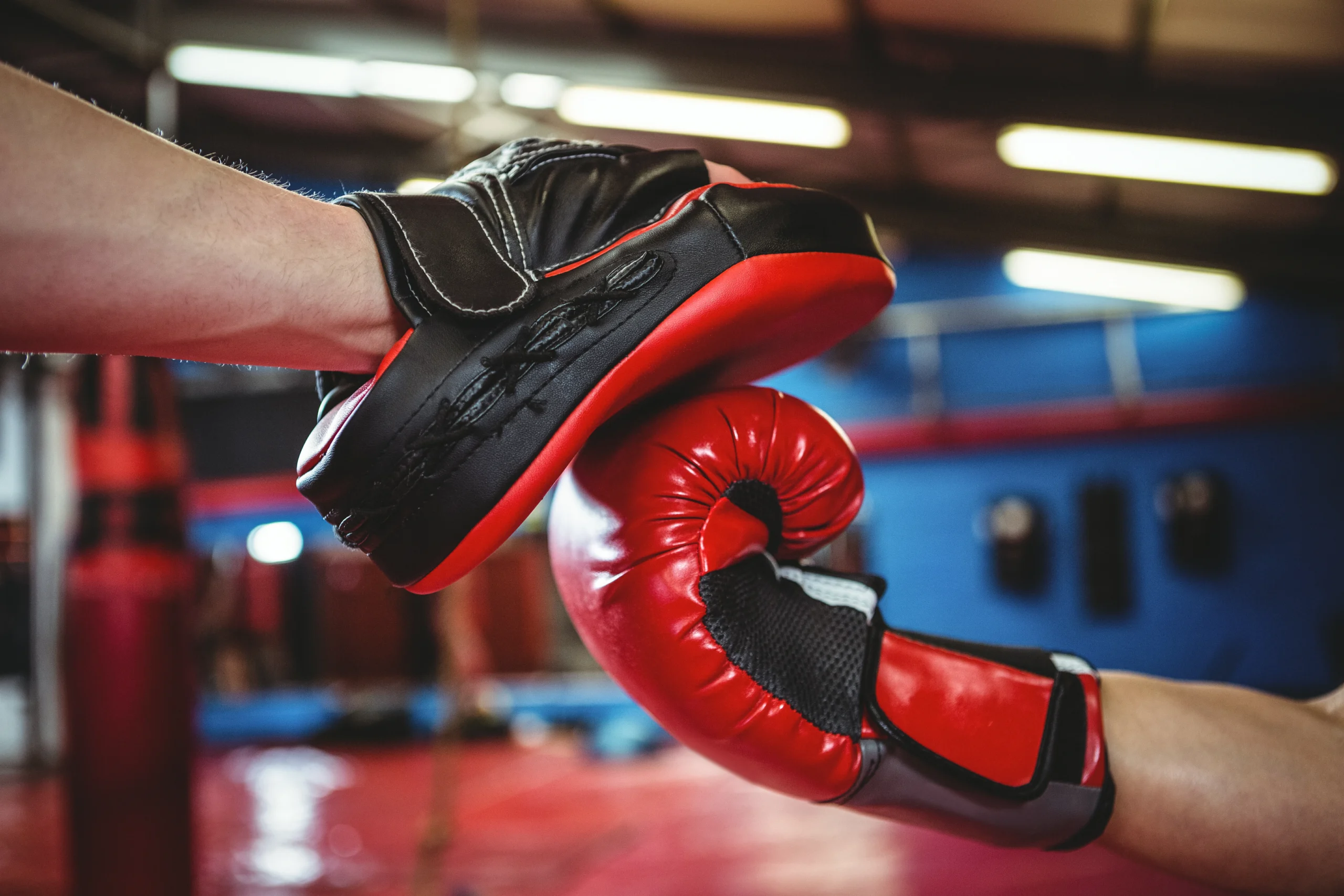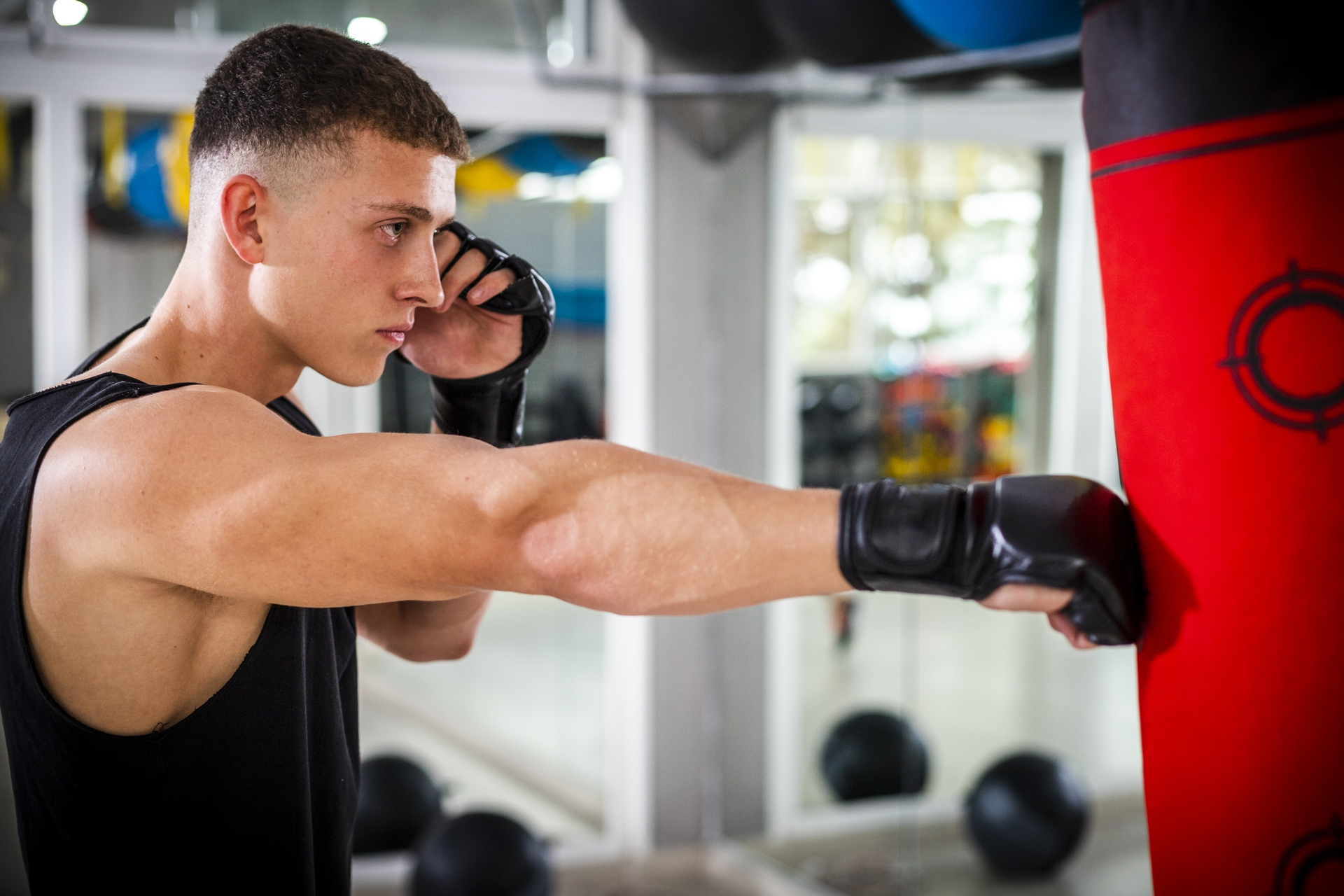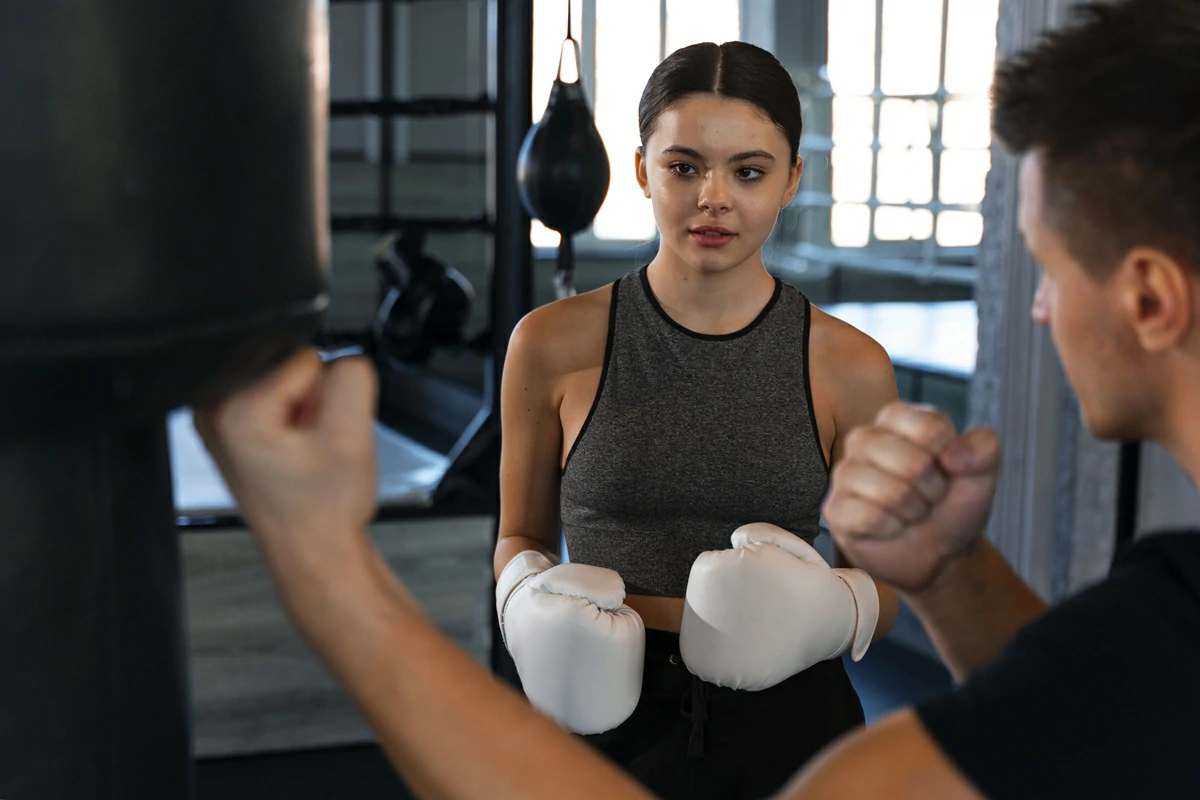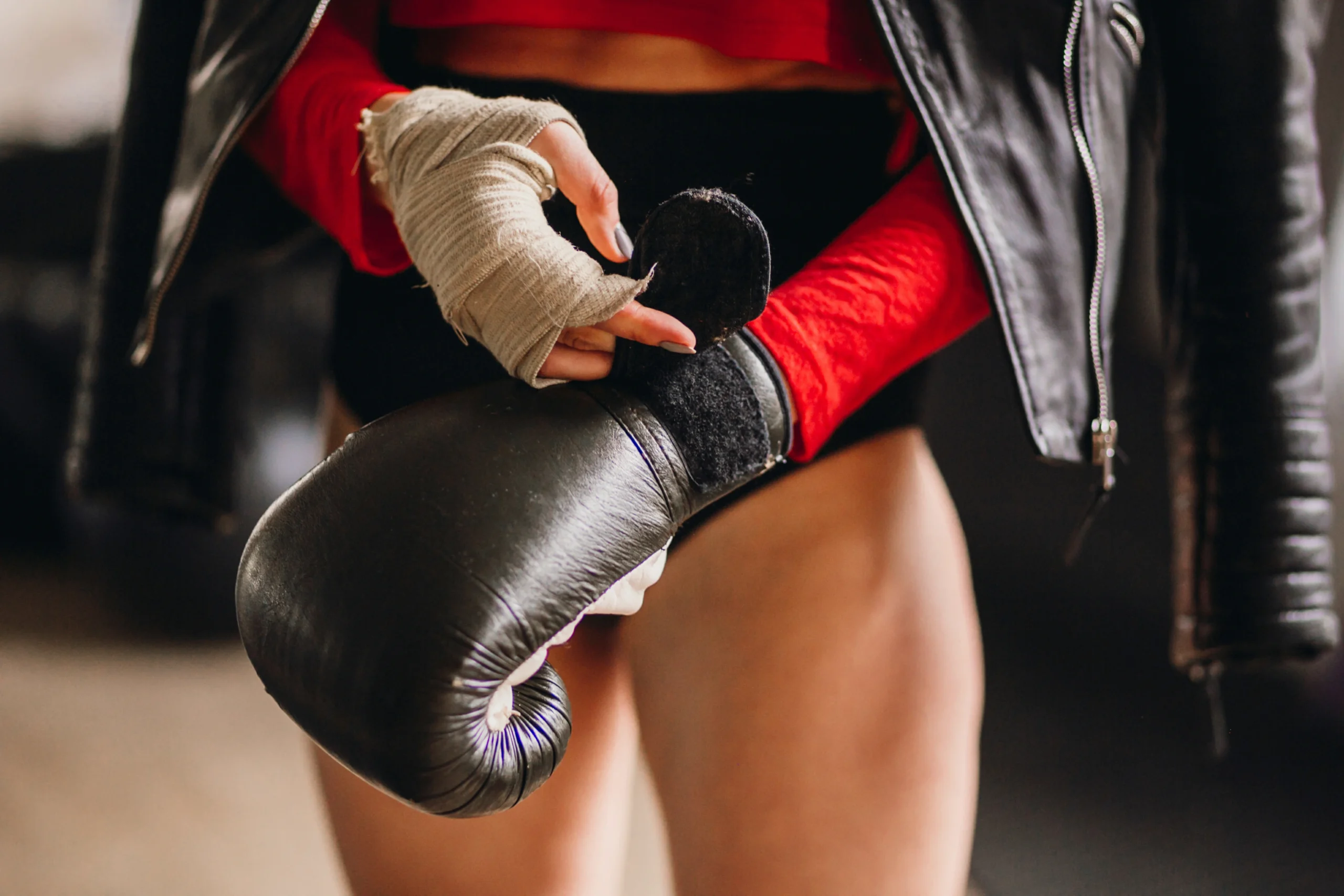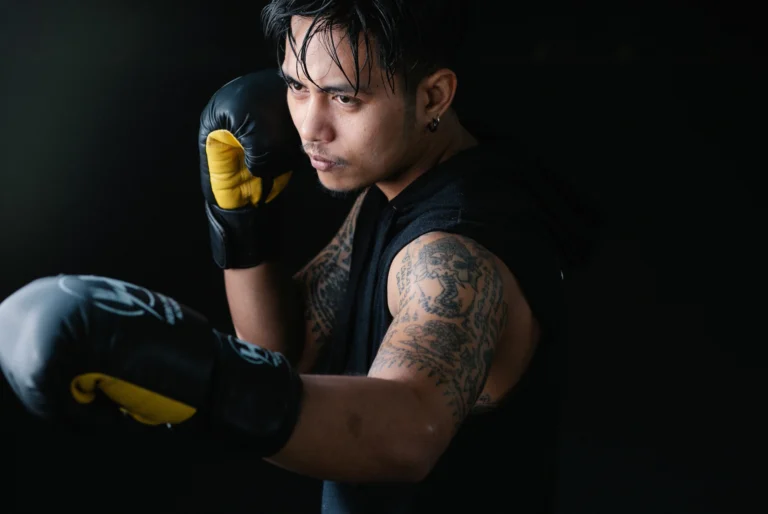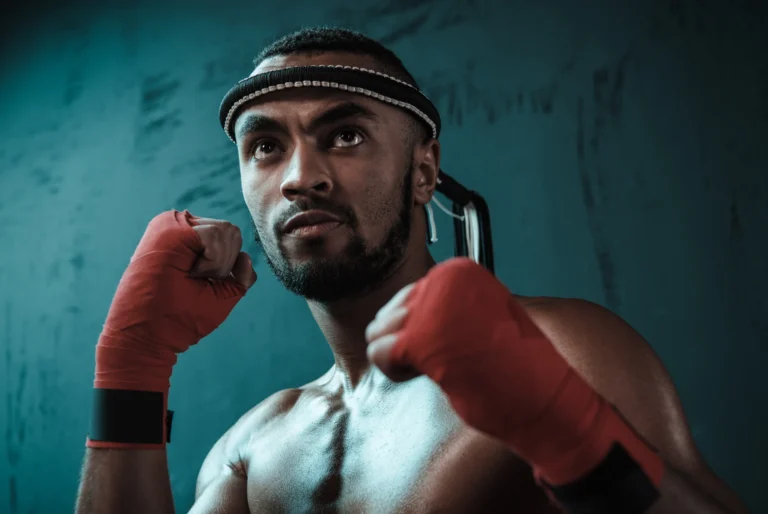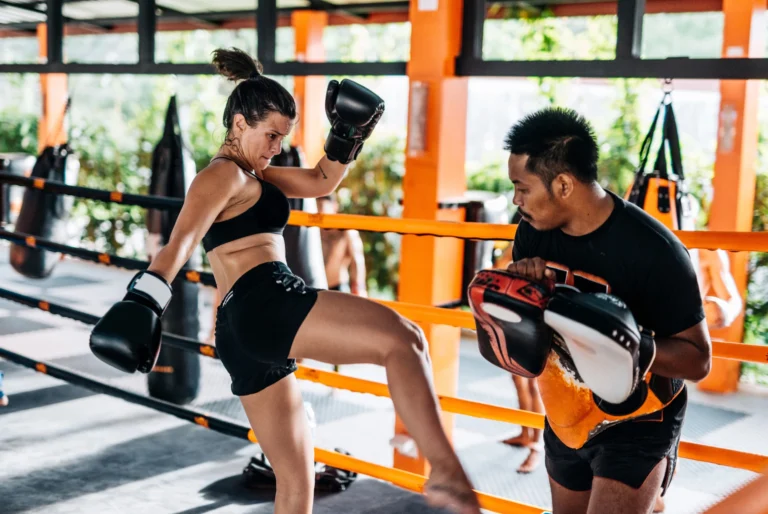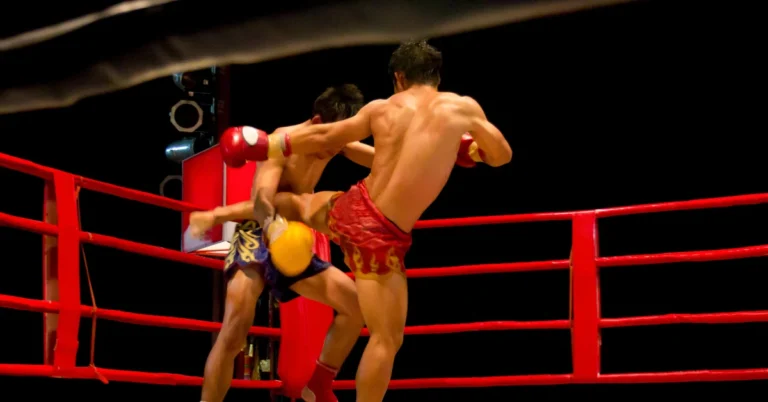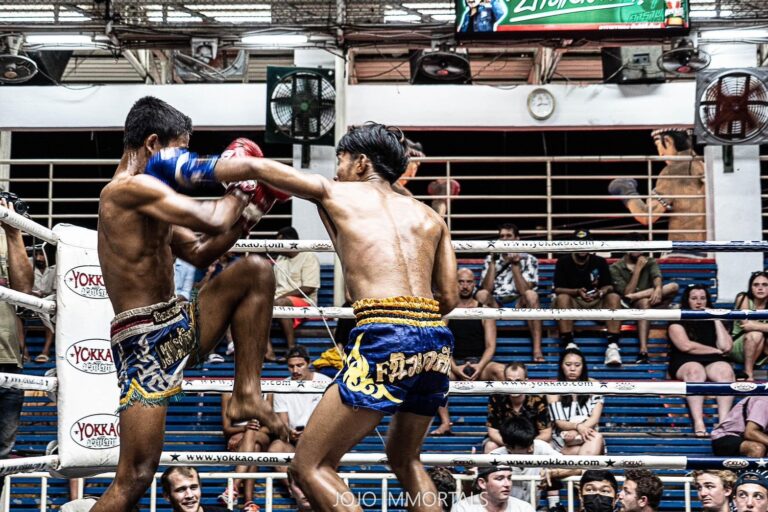Thailand’s ancient martial art has produced champions in rice fields and village courtyards for centuries—proving home training isn’t just possible, it’s traditional. Modern technology combined with time-tested principles creates unprecedented opportunities for effective home Muay Thai practice.
Champions like Saenchai and Buakaw built foundations through dedicated home training. This comprehensive guide covers everything needed: equipment selection, proven routines, technique development, and overcoming common challenges—regardless of experience level or available space.
Whether driven by schedule constraints, space limitations, or budget considerations, home training offers distinct advantages: complete control over pace, privacy building confidence, and flexibility to practice anytime.
Can You Train Muay Thai at Home Effectively?
Yes—when approached with proper preparation and commitment. Scientific research on motor learning confirms solo practice accelerates improvement when combined with quality instruction.
Legendary champion Dieselnoi perfected knee techniques through isolation training. Modern fighters like Rodtang regularly demonstrate advanced home training combinations, proving effectiveness at elite levels.
Key Advantages:
- Focused Practice: Eliminate distractions, concentrate deeply on technique refinement
- Individual Pace: Repeat movements building muscle memory effectively
- Cost Savings: Initial equipment investment eliminates ongoing gym fees
- Privacy: Remove self-consciousness inhibiting technique attempts
- Video Analysis: Record training for technique correction
Limitations and Solutions:
- Partner Techniques: Use visualization for clinch work, wall-mounted pads for combinations
- Feedback Absence: Study technique videos carefully, record practice sessions
- Motivation Challenges: Join online communities, set specific goals, track progress
- Sparring Absence: Advanced shadow boxing with realistic opponent visualization
Read more: Best Online Muay Thai Training Programs
Essential Home Muay Thai Equipment
Strategic equipment selection maximizes training potential while respecting space and budget constraints. Professional-grade gear isn’t necessary—many elite fighters developed skills using basic equipment creatively.
Space Requirements: 6×6 feet accommodates shadow boxing, pad work, and conditioning effectively.
Must-Have Equipment
Heavy Bag – Most important investment developing power, timing, technique across all strikes. Wall-mounted versions save floor space.
Jump Rope – Essential cardiovascular conditioning improving footwork and rhythm. Traditional leather or weighted ropes work excellently.
Thai Pads – Enable partner training when assistance available. Mount on walls or use floor stands for solo practice.
Resistance Bands – Portable strength training with multiple resistance levels for progressive overload.
Read more: Essential Muay Thai Equipment for Beginners
Advanced Training Tools
Speed Bag – Develops hand-eye coordination and timing. Wall-mounted versions require minimal space.
Double-End Bag – Creates reactive training through unpredictable movement, improving timing and defensive reflexes.
Focus Mitts – Smaller targets improving accuracy and combination flow for technique refinement.
Yoga Mat – Comfortable flooring for conditioning exercises with non-slip safety.
Budget Alternatives
Limited budgets shouldn’t prevent training:
- Backpack + Books: Improvised weight training
- Stairs: Excellent conditioning through step-ups
- Tennis Balls + Walls: Hand-eye coordination development
- Water Jugs: Adjustable weight training
- Shadow Boxing: No equipment, comprehensive technique development
Consistent training with basic tools produces better results than sporadic training with expensive equipment.
Proven Home Training Routines
Structured programs provide frameworks for consistent improvement. Effective routines balance technique development, conditioning, flexibility, and mental preparation.
Beginner Routine (Weeks 1-4)
Foundation building through simplified patterns without overwhelming complexity.
Monday, Wednesday, Friday:
- 5min warm-up (joint rotations)
- 10min shadow boxing (stance, basic punches)
- 15min heavy bag (form over power)
- 10min conditioning (push-ups, squats, planks)
- 5min stretching
Tuesday, Thursday:
- 20min flexibility/mobility
- 15min footwork drills
- 10min core strengthening
Weekends: Rest or light activity
Progress gradually—form prioritized over intensity. Each week adds slight duration or intensity increases.
Intermediate Program (Months 2-6)
Increased complexity introducing combinations, advanced footwork, sport-specific conditioning.
Monday, Wednesday, Friday:
- 10min dynamic warm-up
- 15min shadow boxing (combinations)
- 20min heavy bag (power development)
- 15min pad work
- 10min Muay Thai conditioning
- 5min stretching
Tuesday, Thursday:
- 30min technique refinement
- 20min flexibility/mobility
- 15min strength training
Saturday: Extended conditioning or technique focus Sunday: Rest with optional light activity
Advanced Training
Sophisticated programs challenging technical skills and conditioning, simulating competitive demands.
Daily Structure:
- Morning: 30min conditioning and flexibility
- Evening: 45min technical training with intensity variations
Incorporate periodization—heavy weeks alternating with recovery periods prevents overtraining while maintaining progress. Mental training (visualization, meditation, goal-setting) becomes increasingly critical.
Beginner Fundamentals: Getting Started Right
New practitioners benefit from understanding cultural context alongside physical techniques. Muay Thai emphasizes mental discipline, respect, and continuous self-improvement.
Basic Stance and Footwork
Proper Stance:
- Feet shoulder-width apart, dominant foot slightly back
- Weight evenly distributed
- Knees slightly bent for mobility
- Hands protecting face, shoulders relaxed
Footwork Essentials:
- Forward/backward maintaining stance integrity
- Lateral movement creating angles
- Pivoting for direction changes while balanced
Use mirrors or video recording for technique verification. Start slow—speed develops naturally through practice.
Critical Safety Guidelines
Injury Prevention:
- Proper warm-up (joint mobility, muscle activation)
- Regular equipment inspection
- Progressive intensity (start 50% effort first weeks)
- Adequate hydration and sleep
- Listen to body signals distinguishing pain from discomfort
Safety improves with experience. Begin conservatively, progress gradually for long-term success.
Read more: Muay Thai Training Safety Tips
Advanced Home Training Techniques
Elite practitioners maximize solo practice through sophisticated methods bridging home training with professional-level development.
Shadow Boxing Mastery
Advanced shadow boxing creates complete fight scenarios with realistic opponent visualization:
Technique Elements:
- Picture specific opponents with distinct styles
- Adjust strategies accordingly
- Develop signature combinations feeling natural
- Practice until automatic responses develop
- Use mirrors studying subtle technique details
Dedicate specific rounds to different aspects: footwork, combinations, defense, conditioning.
Muay Thai-Specific Conditioning
Explosive Power Development:
- Plyometric exercises (jump squats, burpees)
- Fast-twitch muscle fiber development
- Direct translation to stronger kicks
Fighting Position Strength:
- Isometric holds (planks, wall sits)
- Core stability for powerful strikes
- Leg endurance for sustained kicking
Balance Enhancement:
- Single-leg stands (eyes closed)
- Proprioception challenges
- Fall prevention during exchanges
Mental Conditioning:
- Breathing exercises during intense training
- Mental toughness building
- Direct performance transfer
Overcoming Home Training Challenges
Successful practitioners develop strategies maintaining motivation and progress despite obstacles.
Maintaining Consistency
Proven Strategies:
- Goal Setting: Specific, measurable objectives creating accountability
- Training Logs: Document progress identifying improvement patterns
- Online Communities: Connect with practitioners for support
- Reward Systems: Milestone celebrations building habits
- Self-Discipline: Develops through achievable goals and consistent success
Solving Space Limitations
Practical Solutions:
- Vertical Space: Wall-mounted equipment (bags, pads, mirrors)
- Portable Gear: Resistance bands, jump ropes pack easily
- Noise Management: Yoga mats reduce impact, shadow boxing stays quiet
- Multi-Purpose Equipment: Resistance bands serve multiple functions
- Creative Organization: Small areas accommodate comprehensive training
Efficiency improves with creative equipment usage and strategic planning.
Begin Your Muay Thai Journey Today
Home training provides unprecedented access to this transformative martial art. No longer limited by schedules, equipment availability, or travel constraints—develop skills at your own pace comfortably.
Success requires consistent practice with proper technique. Start with available resources rather than waiting for perfect conditions. Basic equipment and dedicated space create adequate environments for significant improvement.
Key Principles:
- Home training complements quality instruction—combine solo practice with occasional gym visits
- Patience and persistence reward dedicated practitioners
- Initial awkwardness transforms into fluid movement through consistency
- Gradual conditioning builds strength and endurance supporting advanced techniques
Whether pursuing fitness, self-defense, or competitive fighting—home training offers accessible entry to Muay Thai’s rich traditions.
Begin today with shadow boxing and basic conditioning. Add equipment gradually as skills develop. Honor the ancient warriors’ legacy through consistent practice, continuous learning, and respect for tradition.
Experience authentic Muay Thai: Witness live fights at Patong Boxing Stadium or Bangla Boxing Stadium in Phuket for inspiration and cultural connection.

